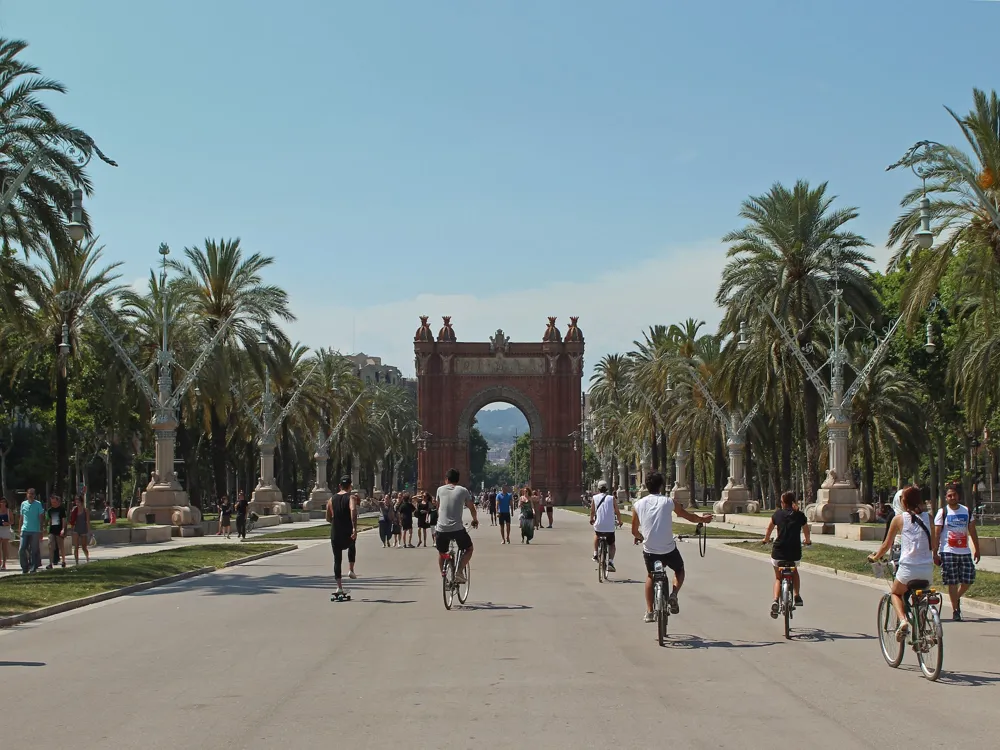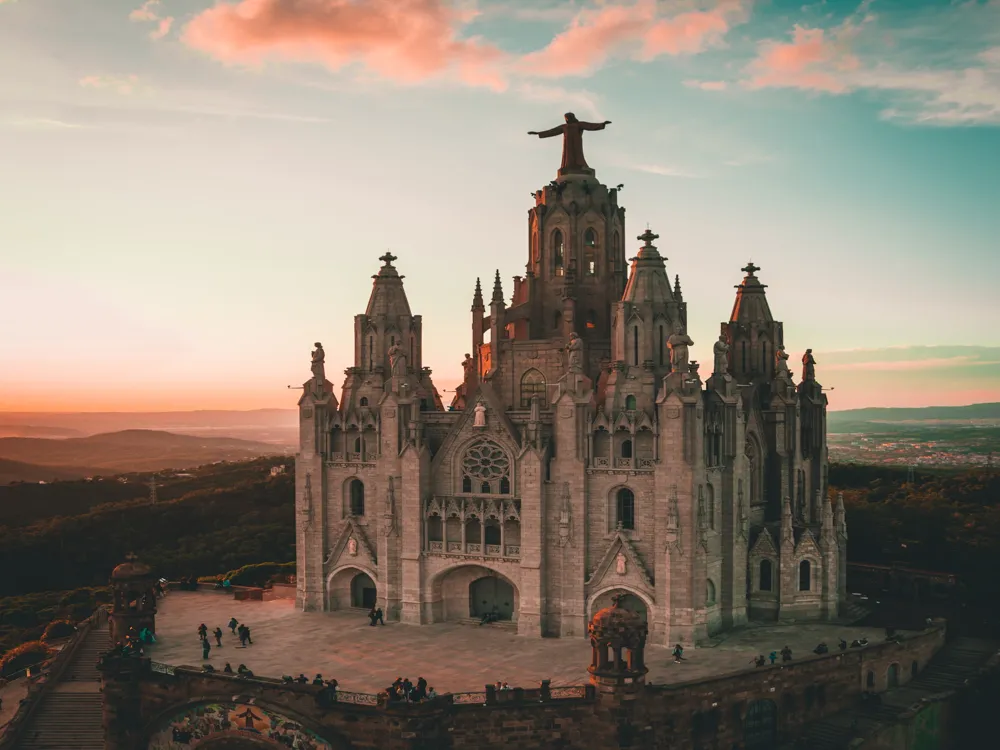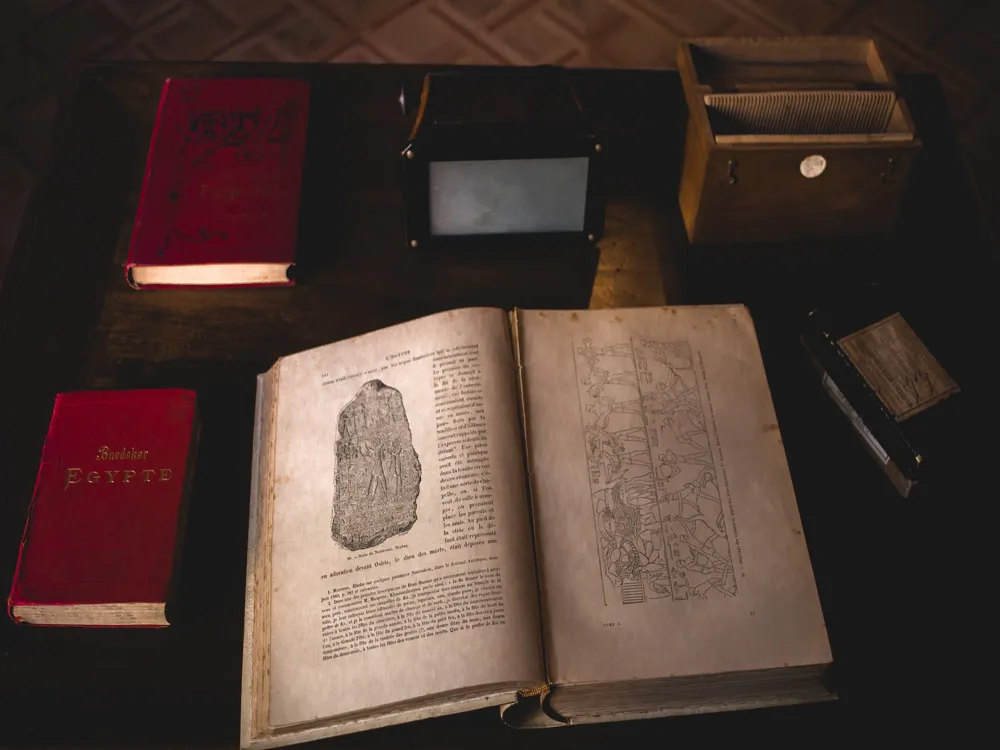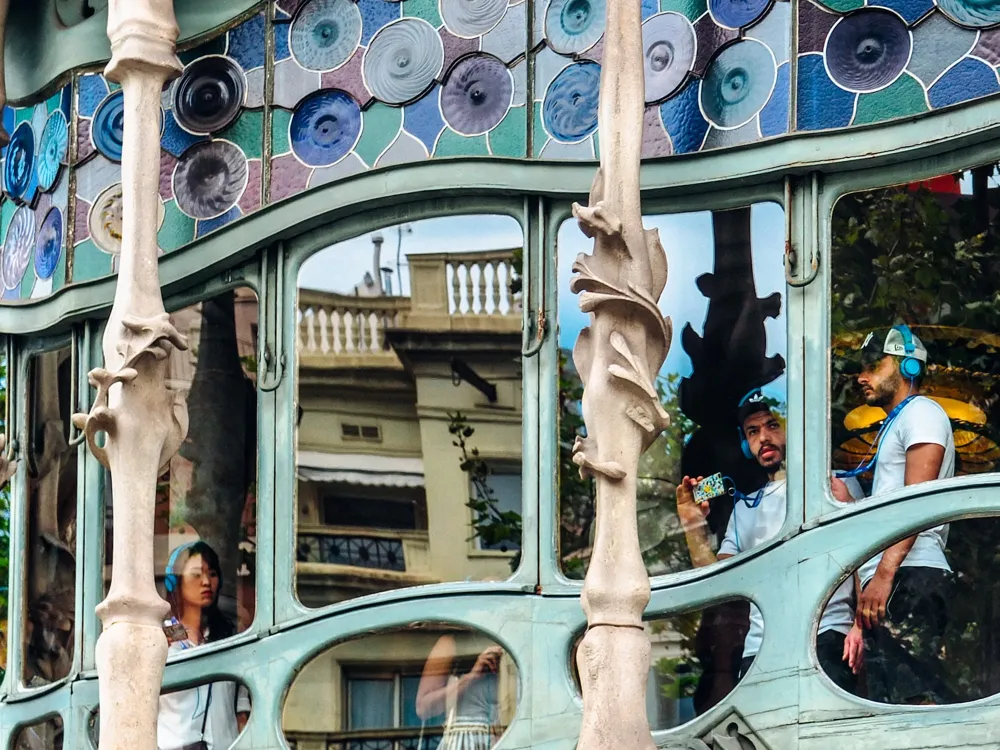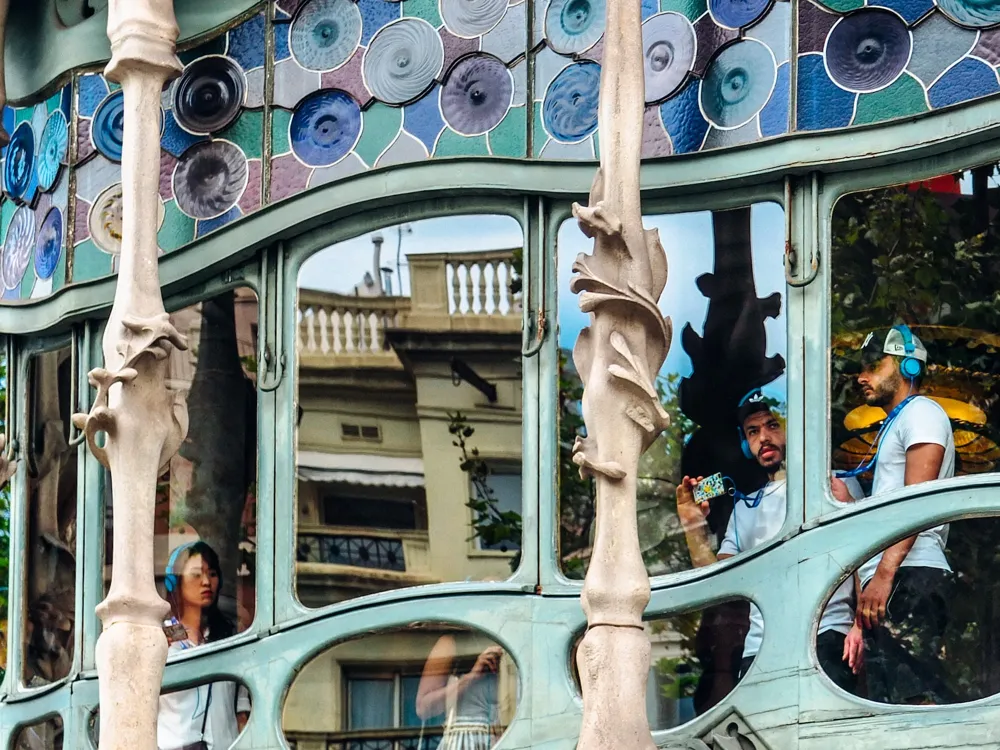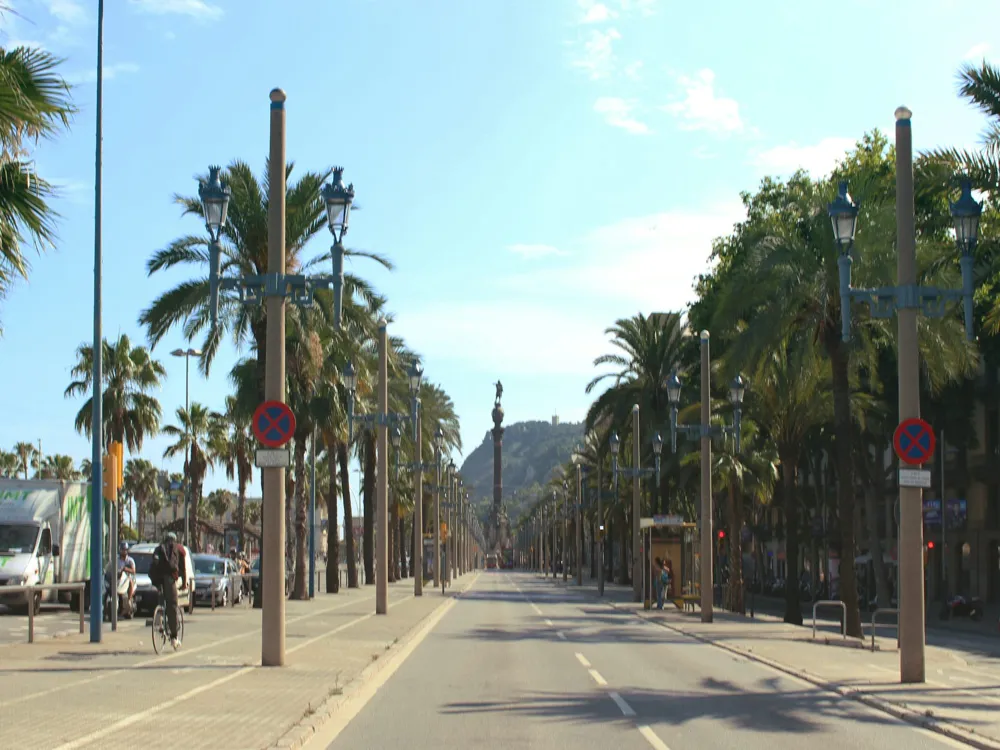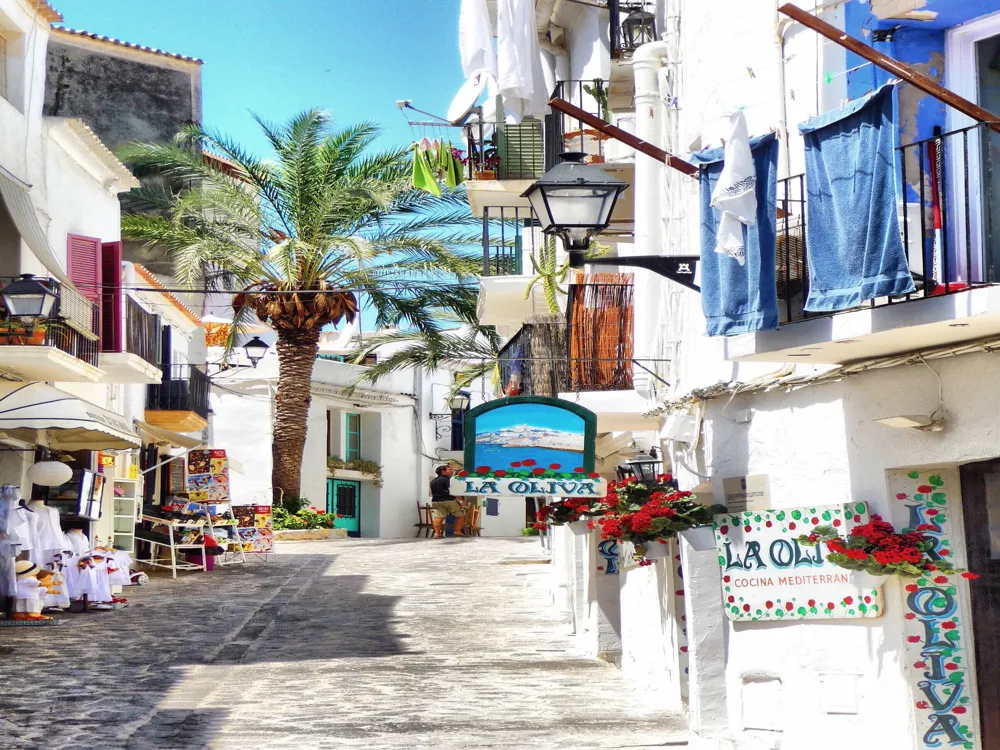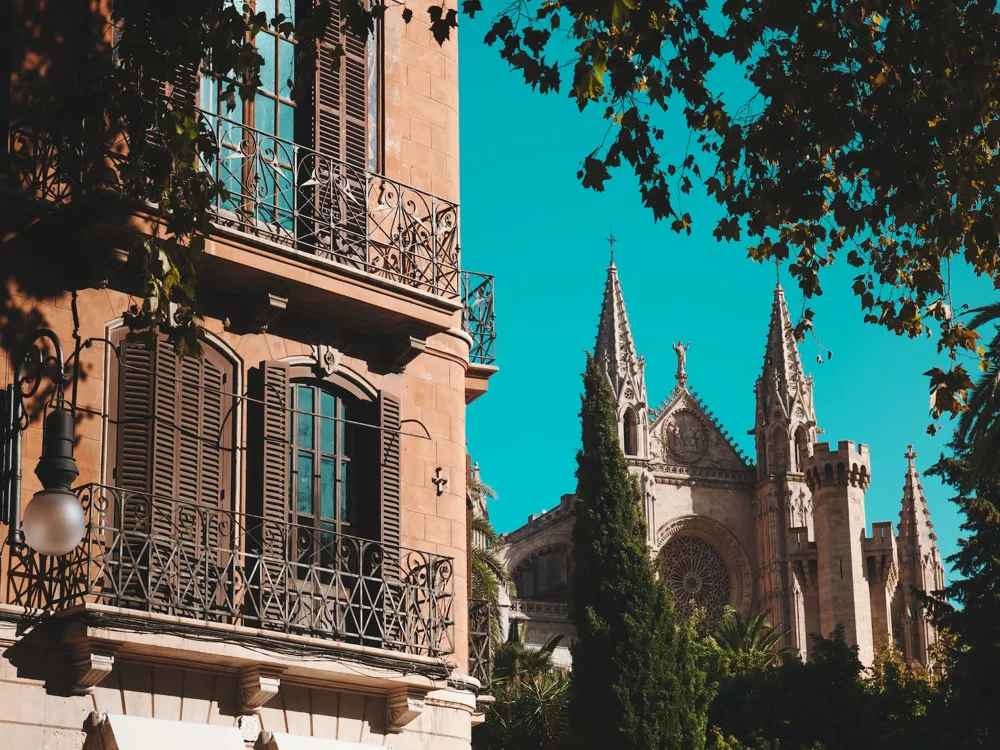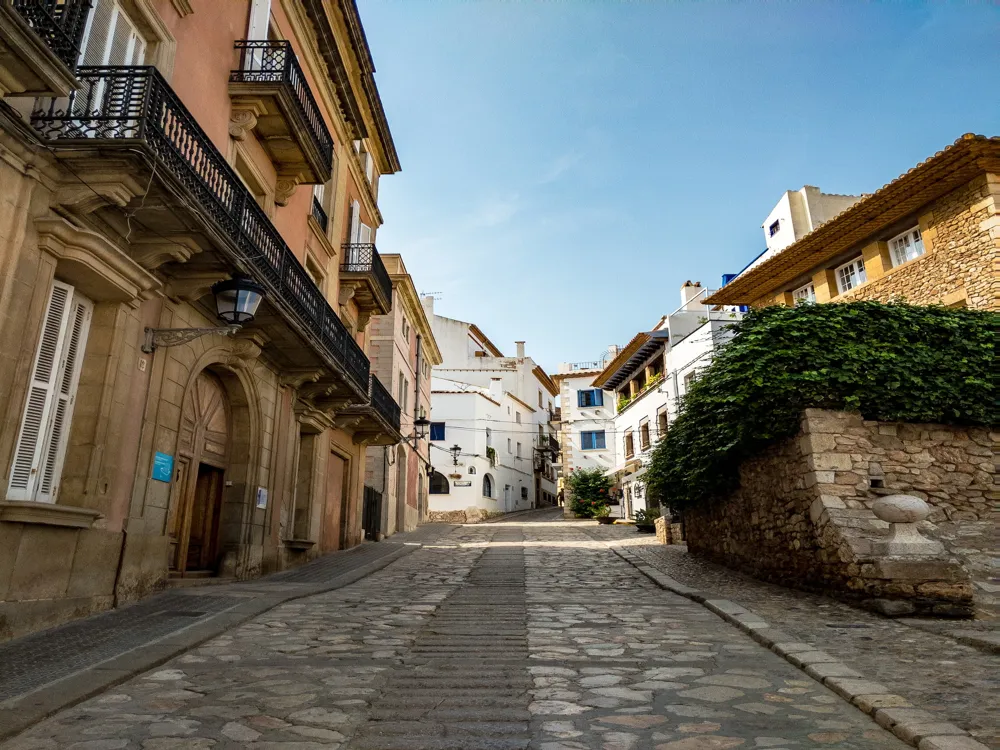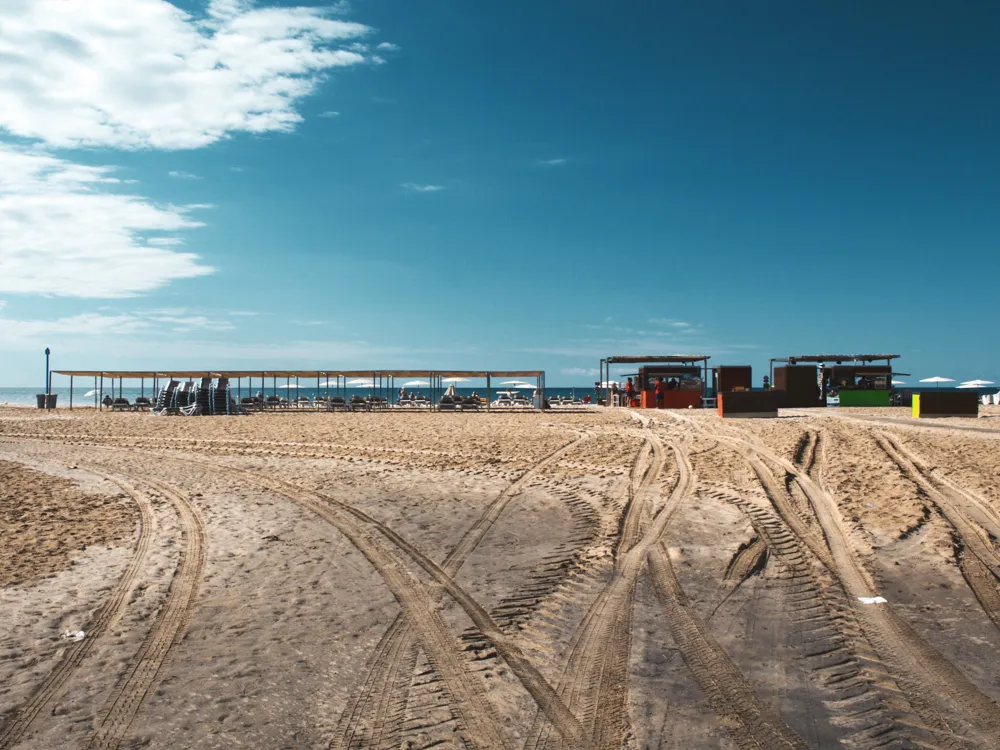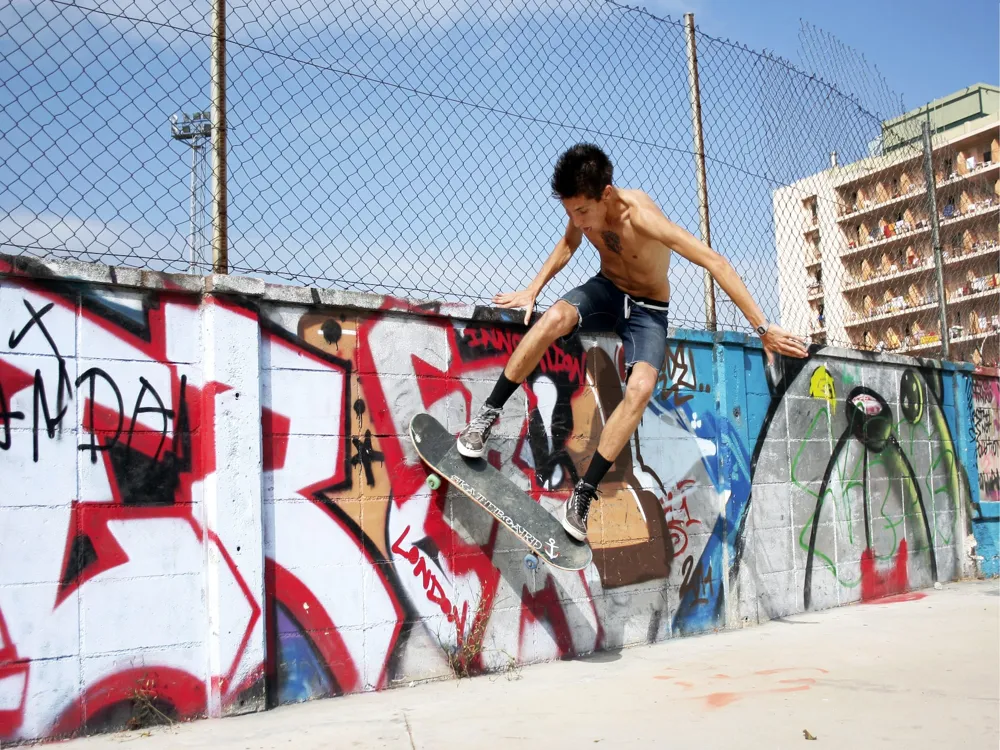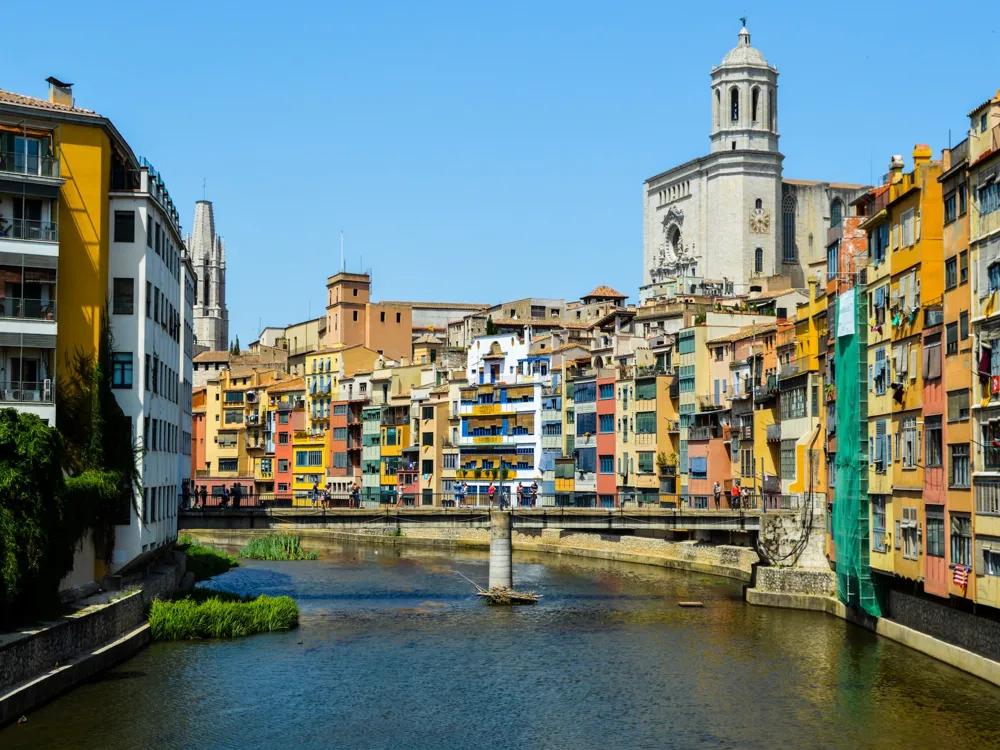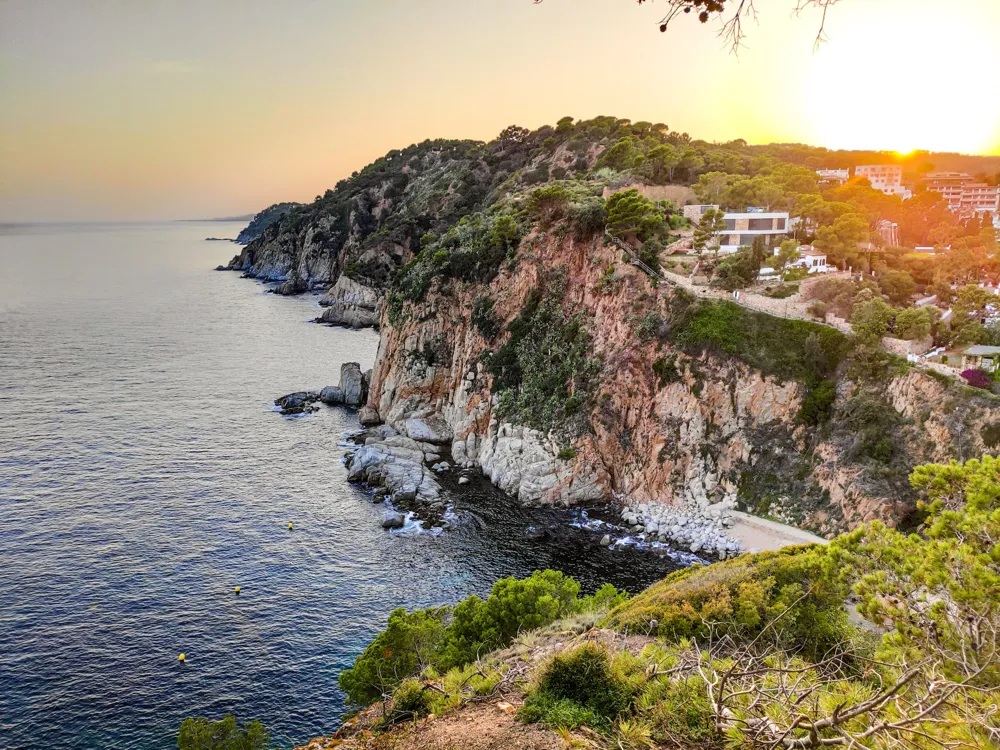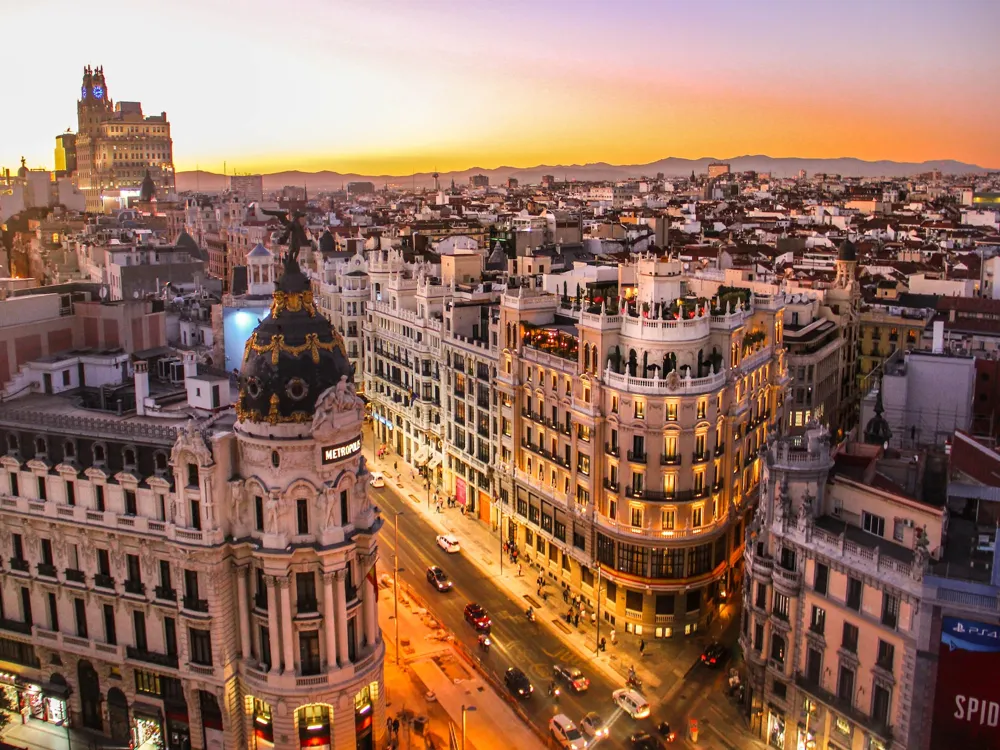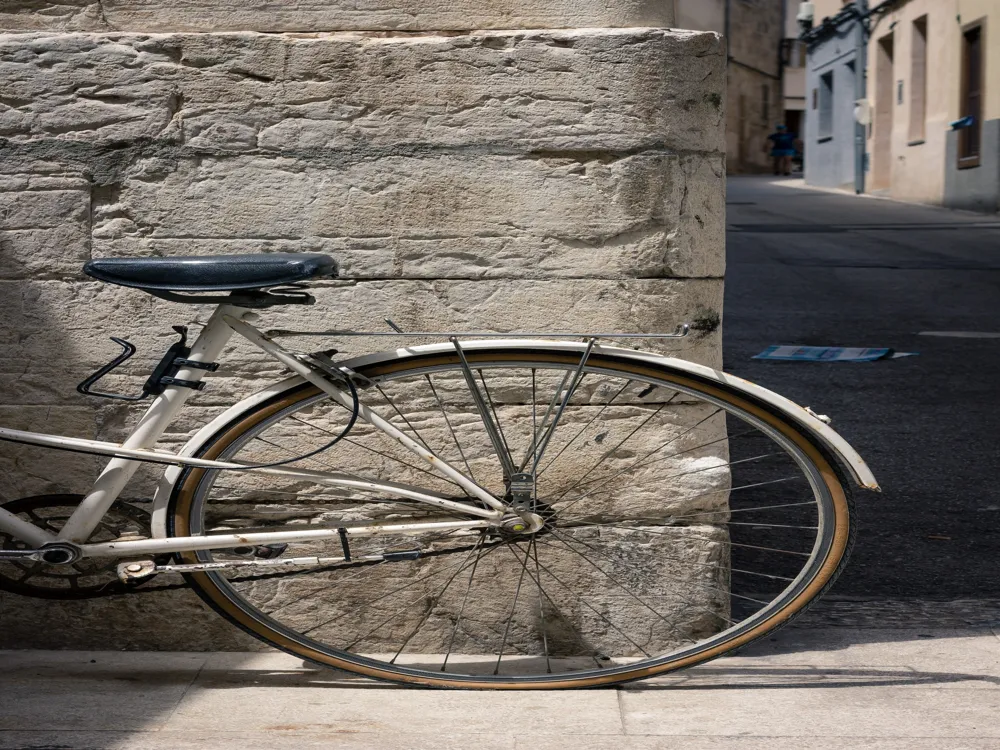Casa Batllo, a renowned architectural marvel in Barcelona, Spain, stands as a testament to Antoni Gaudi's unparalleled creativity and vision. This building is not just a structure but a piece of art, embodying the essence of Modernisme, Catalonia's version of Art Nouveau. Casa Batllo's origins date back to 1877; however, it was in 1904 when Josep Batllo, a wealthy aristocrat, commissioned Antoni Gaudi to transform it into something extraordinary. Gaudi's work on Casa Batllo, completed in 1906, is a showcase of his artistic plenitude, where he broke free from conventional architecture and delved into the realm of organic and surrealistic design. The facade, resembling the scales of a dragon, and the roof, shaped like a dragon's back, are not just artistic expressions but also cleverly integrate functional elements like ventilation and lighting. The interior of Casa Batllo is equally mesmerizing, with its undulating walls, colorful tiles, and light-filled atrium. The building is a UNESCO World Heritage site and a symbol of Barcelona's cultural heritage. Gaudi's approach to Casa Batllo's design was both innovative and holistic. He considered every detail, from the layout of the rooms to the design of the doorknobs. The use of light and color is masterful, creating an atmosphere that changes throughout the day with the movement of the sun. The building's structure is a marvel of engineering, featuring a skeletal-like framework that allows for large, open spaces free from traditional load-bearing walls. This innovative design was not only aesthetically pleasing but also functional, creating a comfortable living space that was ahead of its time. Gaudi's use of natural motifs, such as the spine of a dragon or the shapes of marine creatures, in Casa Batllo's architecture blurs the lines between the natural world and the man-made, creating a harmonious and organic aesthetic that is both enchanting and thought-provoking. Casa Batllo's architecture is a masterpiece of form, color, and light, embodying Gaudi's belief that nature is the greatest architect. The facade, covered in a mosaic of broken ceramic tiles, creates an iridescent effect, shimmering in the sunlight and changing colors like the skin of a reptile. This use of trencadis, a type of mosaic made from waste ceramic pieces, is a hallmark of Gaudi's work and reflects his commitment to sustainability and innovation. The building's windows, varying in size and shape, are strategically placed to optimize natural light and ventilation, demonstrating Gaudi's understanding of the Mediterranean climate and his foresight in sustainable design. The interior of Casa Batllo is a journey through a fantastical world, with each room offering a unique experience. The main staircase, resembling the spine of a giant beast, leads to the Noble Floor, where the Batllo family once lived. This floor is characterized by its flowing shapes, organic motifs, and the integration of furniture into the structure of the building, creating a seamless and immersive environment. The building's loft, with its series of arches reminiscent of a ribcage, is a striking example of Gaudi's ability to combine form and function. The roof terrace, with its chimneys and the famous dragon's back, offers breathtaking views of Barcelona and is a testament to Gaudi's skill in creating structures that are both beautiful and functional. Early morning or late afternoon are ideal times to visit Casa Batllo to avoid crowds and enjoy the play of light on the architecture. Consider taking a guided tour to gain deeper insights into Gaudi's design principles and the history of Casa Batllo. Capture the vibrant colors of the facade during sunrise or sunset for stunning photographs. Casa Batllo is wheelchair accessible, ensuring everyone can enjoy this architectural gem. Casa Batllo is conveniently located in the heart of Barcelona, making it easily accessible by various modes of transport. The most convenient way to reach Casa Batllo is by using Barcelona's efficient public transport system. The nearest metro station is Passeig de Gracia, served by L2, L3, and L4 lines, which is just a few minutes' walk from Casa Batllo. Additionally, numerous bus routes stop close to Casa Batllo, including lines 7, 22, 24, and V15. For those who prefer a more scenic route, renting a bike or walking through the picturesque streets of Barcelona is a great option, offering a chance to explore the city's other architectural wonders along the way. Read MoreOverview of Casa Batllo in Barcelona
Architecture of Casa Batllo
Tips When Visiting Casa Batllo
Best Time to Visit
Guided Tours
Photography Tips
Accessibility
How To Reach Casa Batllo
Casa Batllo
Barcelona
₹ 35,693 onwards
View barcelona Packages
Weather :
Tags : Historical Site
Timings : Monday - Sunday: 9:00 AM - 8:30 PM
Entry Fee : Adult - EUR 29
65+ - EUR 26
Concession - EUR 23
Under 7 years - Free
Tickets are EUR 4 costlier at the box office
Planning a Trip? Ask Your Question
Barcelona Travel Packages
View All Packages For Barcelona
Top Hotel Collections for Barcelona

Private Pool

Luxury Hotels

5-Star Hotels

Pet Friendly
Top Hotels Near Barcelona
Other Top Ranking Places In Barcelona
View All Places To Visit In barcelona
View barcelona Packages
Weather :
Tags : Historical Site
Timings : Monday - Sunday: 9:00 AM - 8:30 PM
Entry Fee : Adult - EUR 29
65+ - EUR 26
Concession - EUR 23
Under 7 years - Free
Tickets are EUR 4 costlier at the box office
Planning a Trip? Ask Your Question
Barcelona Travel Packages
View All Packages For Barcelona
Top Hotel Collections for Barcelona

Private Pool

Luxury Hotels

5-Star Hotels

Pet Friendly







